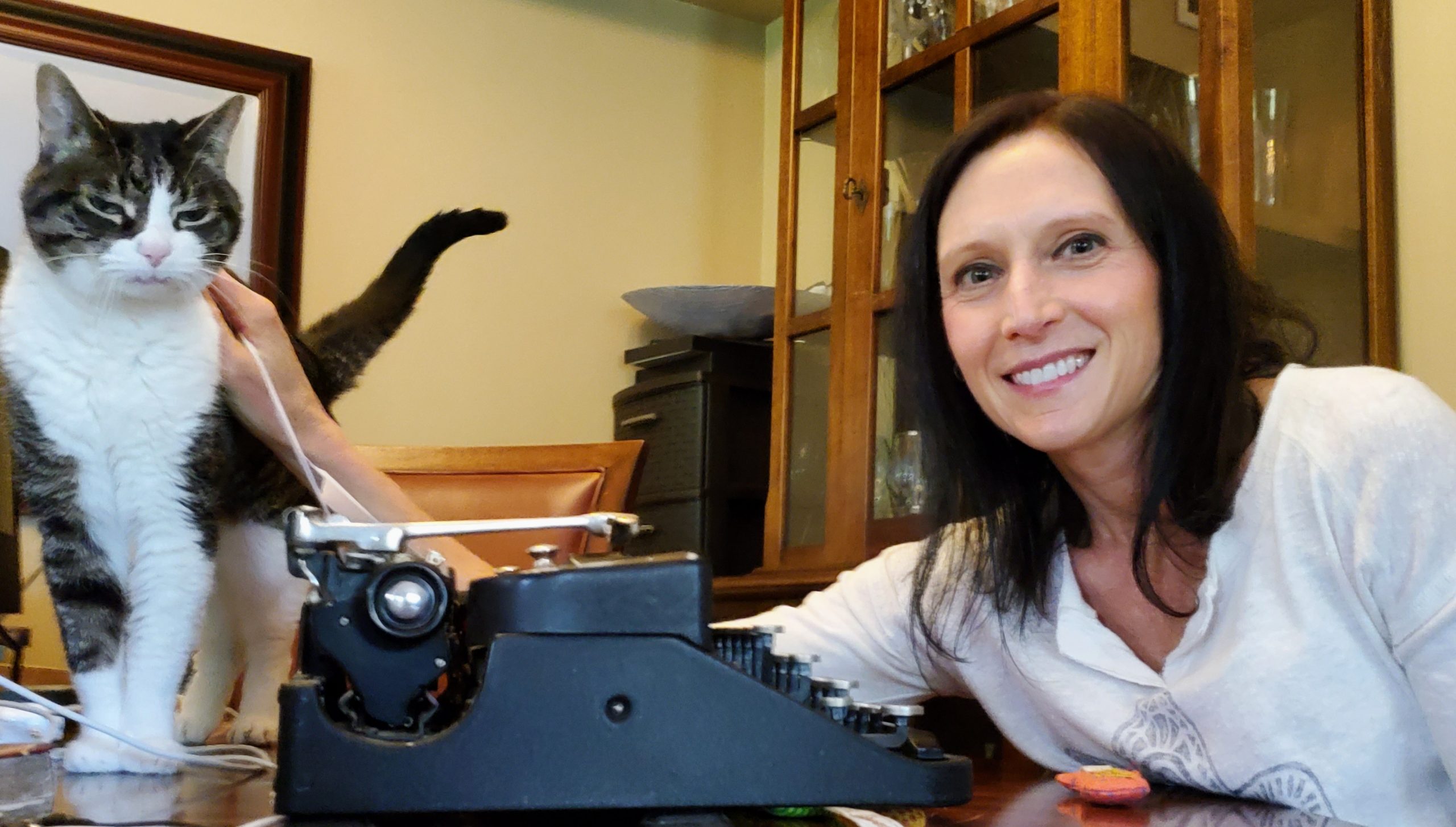
By the time most dogs reach three years of age, they have some degree of periodontal disease, which can lead to serious health problems if left untreated. Scheduling regular veterinary dental cleanings is the best way to keep your dog’s teeth and gums healthy and avoid significant consequences, but what does this procedure entail? Keep reading, and learn what you should expect when your dog has a dental procedure.
Before the Procedure
Before your dog undergoes a dental procedure, your veterinarian will want to ensure he or she is healthy to mitigate the risk of anything compromising your dog’s safety during the procedure. Your vet will also ask about your dog’s medical history, such as whether he or she has any pre-existing conditions or is on any medications. In addition, your vet will perform tests, which may include the following:
- A physical examination — Your dog’s temperature will be taken, and heart and lungs auscultated, to ensure no abnormalities are present that could put him or her at risk. Your veterinarian will also thoroughly examine your pet’s mouth, to get a general idea of his or her overall oral health.
- Bloodwork — A complete blood count and a biochemistry profile will be performed to check your dog’s immune status, and to ensure normal kidney and liver function. In addition, if your pet is a senior, a thyroid panel may be recommended.
- Urinalysis — Some veterinarians may want to check your dog’s urine to ensure complications such as diabetes or urinary tract disease won’t interfere with the procedure.
- Electrocardiogram — An electrocardiogram may be performed to check your dog’s heart.
You will likely be asked to fast your dog, starting the evening before the dental cleaning, to ensure his or her stomach is empty for the procedure. If your dog has a pre-existing condition, he or she may need antibiotics for a few days before the dental cleaning.

Day of the Procedure
Most veterinary practices request that you drop off your dog early in the morning, so he or she can be evaluated and prepared for anesthesia. Your dog may be medicated to help reduce anxiety and to decrease his or her pain during and after the procedure.
Step 1: Anesthesia
For the dental cleaning to be safe for your dog and the veterinary professional performing the procedure, your dog will be anesthetized. Anesthetizing your dog will also ensure he or she remains still, so the veterinary professional can thoroughly and effectively examine the entire oral cavity, perform the teeth cleaning, and address any complications. Being asleep for the entire procedure has the added benefit of decreasing your dog’s stress and anxiety.
An endotracheal tube will be placed to administer oxygen and the anesthetizing gas to your dog and to prevent water and other materials from entering the lungs during the procedure. Your dog’s vitals will be monitored closely throughout the procedure, and during recovery, to ensure no problems arise.
Step 2: Oral Exam
Once your dog is safely under general anesthesia, a thorough oral examination will be performed. The outer facial structures will be palpated, and the soft tissues inside his or her mouth carefully assessed. Each tooth will be evaluated for issues such as discoloration, mobility, fractures, and cavities. A dental probe will be used to check for periodontal pockets in six areas around each tooth. Your veterinarian will chart all of these findings in your dog’s dental record.
Step 3: Dental X-rays
Visually examining your dog’s mouth reveals only about 50% of the tooth structure, which means dental X-rays are necessary to get a total, accurate picture of your dog’s oral health status. The views are taken while your dog is anesthetized to ensure cooperation and decrease stress and anxiety.
Step 4: Teeth Cleaning
After your dog eats, bacteria attach to leftover food particles and begin to digest the sugar and starches in the food, forming sticky plaque on your dog’s teeth. If not removed, minerals in your dog’s saliva are deposited in the sticky substance, solidifying the plaque into tartar. The bacteria can also break down the soft tissue and bony structures that support his or her teeth under the gum line. In addition, the bacteria can enter your dog’s bloodstream and damage organs, including the heart, liver, and kidneys. Your veterinarian will use a dental scaler and specialized curettes to remove the plaque and tartar from your dog’s teeth and from under the gum line, to prevent these complications.
Step 5: Addressing Diseased Teeth
If your dog’s periodontal disease has caused issues such as loose teeth, infected tooth roots, or other problematic issues, your veterinarian will treat each condition appropriately. In many cases, severely diseased teeth must be removed, so your dog does not suffer further pain and complications.
Step 6: Polishing Teeth
The scaling process leaves microabrasions on the tooth’s surface and bacteria quickly adhere to these rough areas. Your dog’s teeth will be polished to ensure the surface is smooth, which delays bacteria from attaching. Some veterinarians also apply sealants to the teeth to help reduce plaque and tartar formation.

After the Procedure
After your dog’s dental cleaning, your veterinarian will discuss the findings and provide instructions for after-care. Depending on your dog’s condition, he or she may need antibiotics or pain medication at home. In addition, if your dog had any extractions, your veterinarian may recommend only soft food for several days. Your veterinarian will also likely recommend at-home dental care, such as toothbrushing and dental chews. If your dog had severe periodontal disease, you will need to schedule a recheck.
Once your dog is fully recovered from anesthesia, you can take him or her home. You should expect him or her to be back to normal by that evening.
Professional dental cleanings are an important part of your dog’s wellness plan, and knowing what to expect will help ensure you schedule his or her appointment, so you can keep their mouth healthy and clean.




